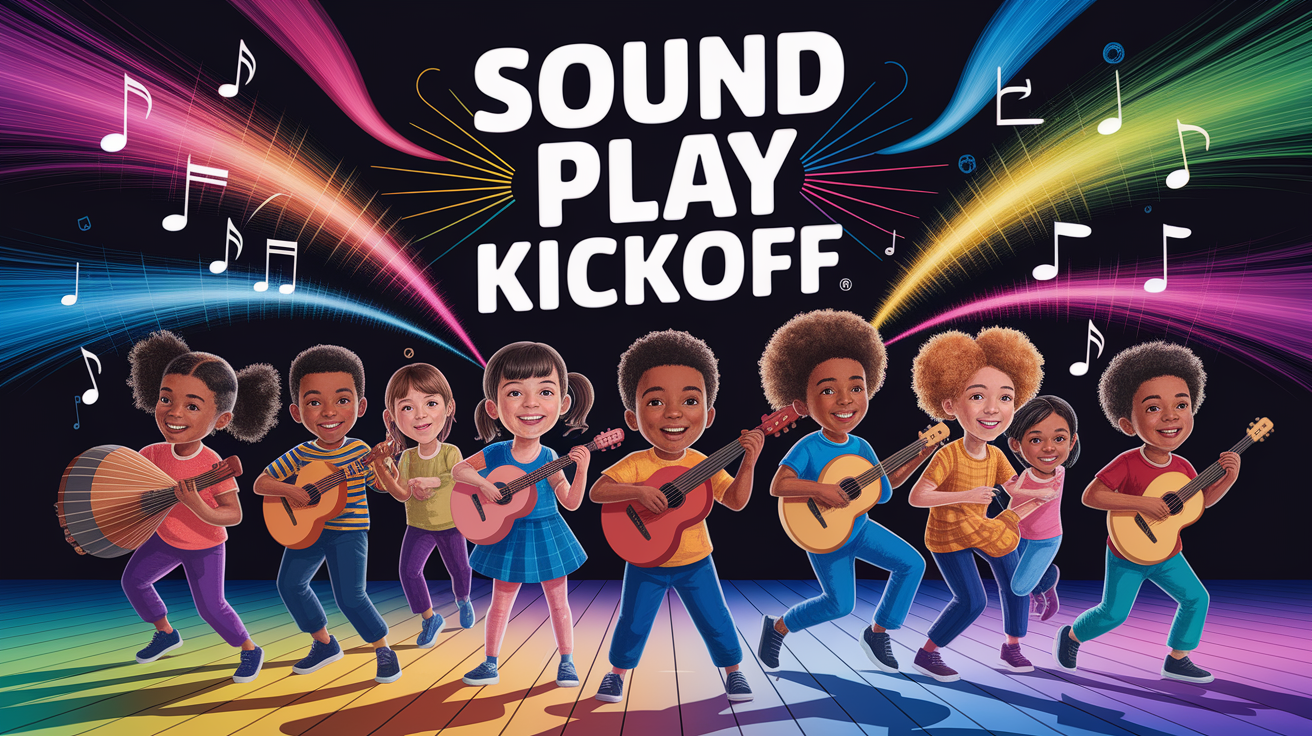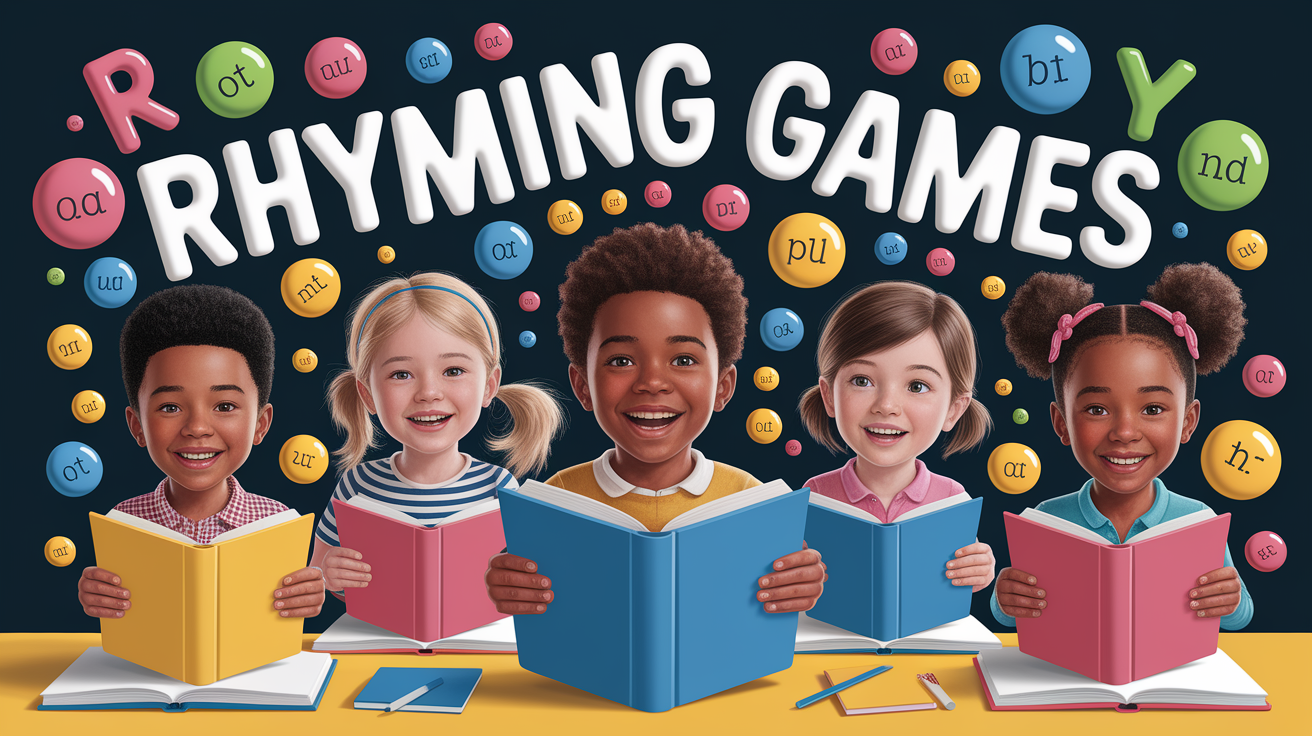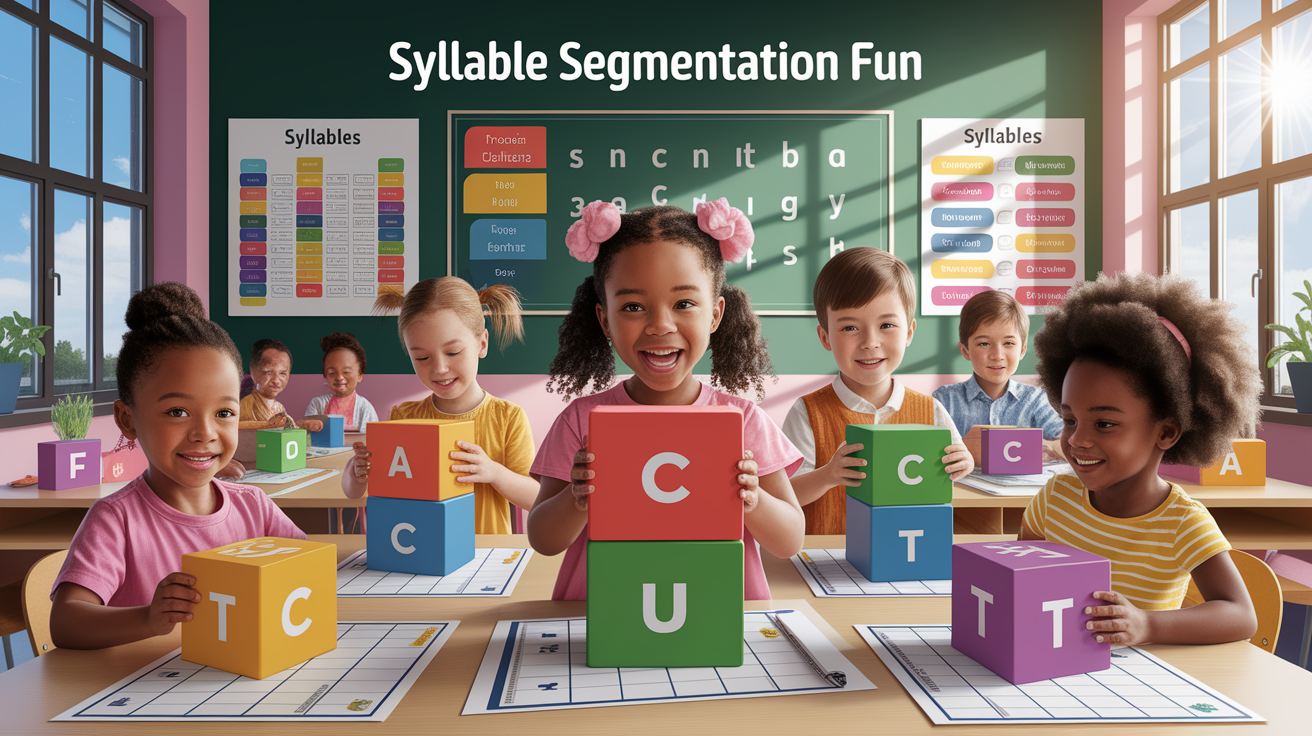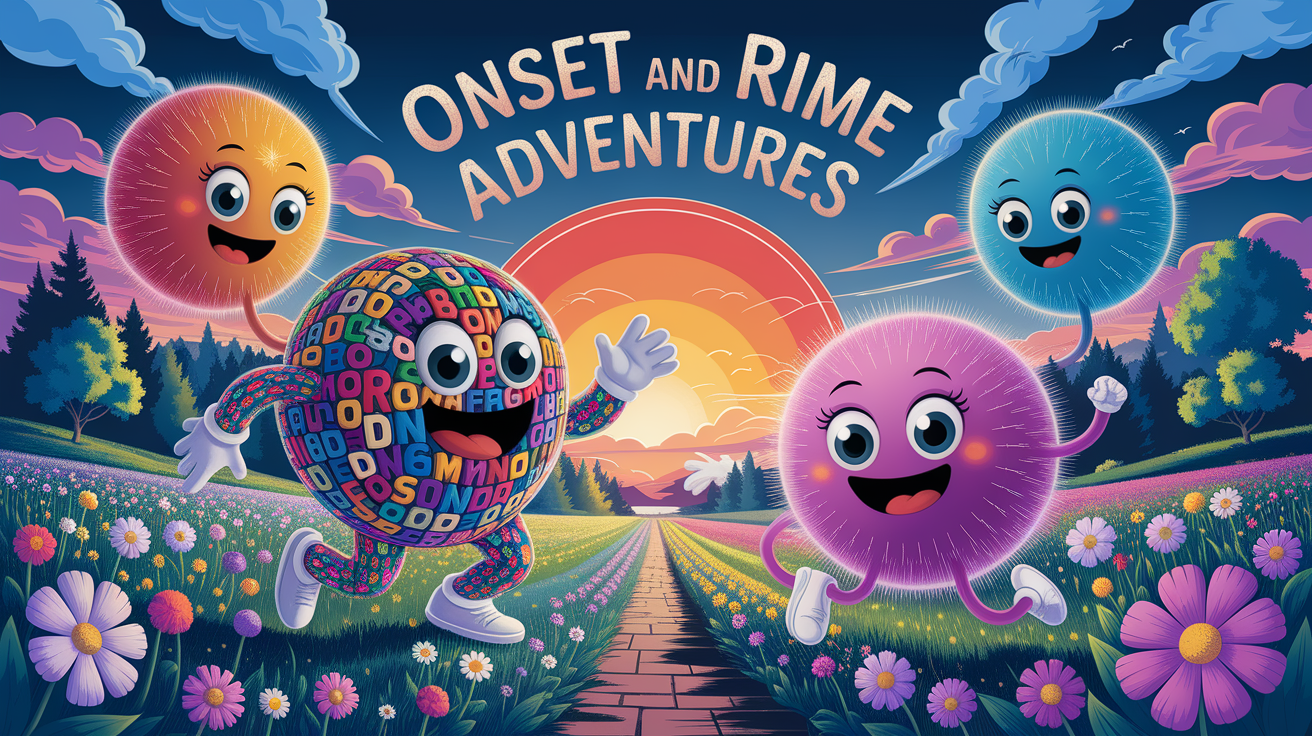Sound Play Kickoff
Let’s start our phonological adventure with a burst of fun! Phonological awareness is all about recognizing and playing with the sound structures in spoken language. Before children master reading readiness, they first need pre-reading skills like sound recognition — and sound play is the perfect warm-up. Think of it like tuning an instrument before a concert; we’re prepping those little ears for a joyful symphony of words.

One easy activity for beginners: play “Guess That Sound!” Make a silly noise (clapping, tapping a cup, humming a tune) and have children guess what it is. This builds listening skills development and auditory discrimination — key stepping stones in early childhood education.
Rhyming Games
Rhymes are the playground of language! Rhyming activities help children notice patterns in words, a skill that research from the National Reading Panel shows is closely linked to later reading success. Plus, rhyme identification games make learning feel like a party.

- Rhyme Time Detective: Give kids two words “cat” and “hat” and ask if they rhyme. Let them giggle over silly pairs like “dog” and “fog.”
- Rhyme Hunt: Hide picture cards around the room, and when a child finds “bee,” they must hunt for “tree.”
The more exposure to rhyming sounds, the stronger the foundation for phonics preparation and oral language development.
Syllable Segmentation Fun
Syllable segmentation is sound training at its finest. We break words into “beats,” helping children grasp sound structure understanding. Try clapping out syllables in names: “Mag-da-len-a” gets four claps! This syllable counting exercise works beautifully in preschool curriculum and kindergarten activities.

Want to make it active? Hop or jump for each syllable during the activity. This combination of movement and sound awareness taps into multi-sensory phonological awareness teaching methods described by NAEYC.
Onset and Rime Adventures
Onset and rime activities are like puzzle games for words. The “onset” is the first sound (like /c/ in “cat”) and the “rime” is the rest (-at in “cat”). Practicing these helps with sound blending exercises later. One fun game is “Build-a-Word”: give an onset and let learners add different rimes to create new words — /c/ + “at,” “ap,” “an.”

These activities boost verbal sound manipulation skills and encourage children to explore word families, which are important for phonological processing skills.
Phoneme Identification and Manipulation
Now we zoom into the tiniest sound units: phonemes! Phonemic awareness helps learners isolate and adjust individual sounds, like changing the /m/ in “mat” to /s/ to make “sat.” This is phoneme deletion and substitution — core skills in reading intervention.
Try “Sound Switch”: say a word and ask learners to change one sound to make a new word. This could also be adapted for speech therapy or phonological awareness intervention strategies for struggling readers.
Blending and Segmenting Phonemes
This is where the magic happens — turning sounds into words and words into sounds. In blending, children listen to separate sounds (/c/ /a/ /t/) and squish them together to say “cat.” In segmenting, they hear the word and break it apart into phonemes. These skills are essential for connecting sounds to letters during pre-literacy instruction, as explained in phonemic awareness resources.
You can make this a game: “Sound Stretching,” where learners say each sound slowly like they are pulling elastic, then snap them together into a word.
From Sounds to Success
The journey from playful sound activities to fluent reading is built layer-by-layer. According to IES research, strong phonological awareness skills — from rhyming to phoneme manipulation — pave the way for confident decoding, smooth reading fluency, and a lifelong love of books. Whether practiced at school, in home routines, or through digital phonological awareness activities online, these playful exercises are powerful tools for literacy skills and language development.
Keep sessions short and lively, weave sound play into daily life, and celebrate every “aha!” moment. From preschool to early grades, these activities can be adapted for all learning styles — and they prove that when children’s ears embrace the rhythms and beats of language, reading success is just around the corner.




